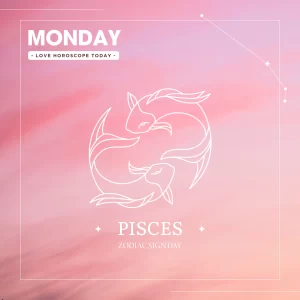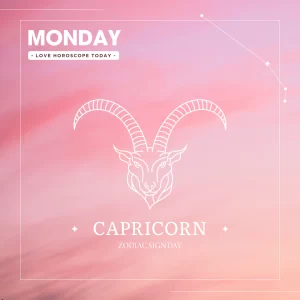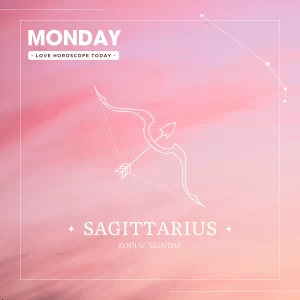
Gemini, a constellation of the zodiac, graces the northern celestial hemisphere. This celestial figure was meticulously cataloged by the ancient astronomer Ptolemy in the 2nd century AD, and it maintains its status as one of the 88 recognized constellations in contemporary astronomy. The Latin moniker “Gemini” signifies twins, and it finds its mythical roots in the pair of twins, Castor and Pollux, from Greek mythology. In the annals of celestial symbols, Gemini was traditionally represented as (♊︎).
Location
Gemini occupies a celestial position between Taurus to the west and Cancer to the east. It shares its borders with Auriga and Lynx to the north, while Monoceros and Canis Minor lie to the south, and Orion graces the southwestern skies.
In ancient times, Cancer marked the location of the Sun during the northern solstice on June 21. However, due to the phenomenon of axial precession, by the first century AD, this point shifted into Gemini. Notably, in 1990, the Sun’s position during the northern solstice transitioned from Gemini into Taurus, where it will remain until the 27th century AD, before eventually moving into Aries. For the time being, the Sun’s journey through Gemini occurs from June 21 to July 20, a path that will persist until 2062.
Gemini is particularly prominent in the winter skies of the northern hemisphere, remaining visible throughout the night during December and January. To locate this constellation, one can start by identifying its two brightest stars, Castor and Pollux, which are found eastward from the familiar V-shaped asterism of Taurus (the open cluster Hyades) and the three stars comprising Orion’s Belt (Alnitak, Alnilam, and Mintaka). Another method is to mentally draw an imaginary line connecting the Pleiades star cluster in Taurus to the brightest star in Leo, Regulus. This line closely follows the ecliptic and intersects with Gemini, roughly in its middle, just below Castor and Pollux.
Observing the Moon’s movement through Gemini offers a compelling spectacle. In a single night, one can witness the Moon initially appearing to the west of Castor and Pollux, then aligning with them, and finally emerging to the east.
Mythology
In Babylonian astronomy, the celestial duo of Castor and Pollux held the title of the Great Twins. These Twins were esteemed as minor deities, known as Meshlamtaea and Lugalirra, signifying ‘The One who has arisen from the Underworld’ and the ‘Mighty King,’ respectively. Both these appellations could be interpreted as designations for Nergal, a prominent deity in Babylonian mythology responsible for plague and pestilence, who also reigned as the king of the Underworld.
In Greek mythology, Gemini was closely linked with the legendary tale of Castor and Pollux, the offspring of Leda and both Argonauts. Pollux, the son of Zeus, was conceived through Zeus’s seduction of Leda, while Castor was the son of Tyndareus, the king of Sparta and Leda’s husband. Castor and Pollux also played a mythological role as protectors of sailors, particularly in connection with St. Elmo’s fire. Upon Castor’s mortal demise, Pollux beseeched his father Zeus to grant Castor immortality, and Zeus fulfilled his plea by uniting them together in the celestial heavens.
Visualizations
Gemini is prominently defined by its two principal stars, Castor and Pollux, which are situated in such close proximity that they create a distinctive “o” shape, reinforcing the mythological association of the constellation with twinship. Castor, the twin situated above and to the right (as observed from the Northern Hemisphere), is represented by its brightest star, α Gem, a second-magnitude star symbolizing Castor’s head. Pollux, the twin located below and to the left, is depicted by its primary star, β Gem (more commonly known as Pollux), a first-magnitude star representing Pollux’s head. Additionally, the other stars in the constellation can be envisioned as forming two parallel lines that descend from these two main stars, resembling the figures of twins.
Rey has proposed an alternative interpretation to the traditional visualization, which connects the stars of Gemini to depict twins holding hands. In this alternative scheme, Pollux’s torso is symbolized by the star υ Gem, his right hand by ι Gem, and his left hand by κ Gem, with all three stars being of the fourth magnitude. Pollux’s pelvis corresponds to the star δ Gem, his right knee to ζ Gem, his right foot to γ Gem, his left knee to λ Gem, and his left foot to ξ Gem. γ Gem is a second-magnitude star, while δ and ξ Gem are of the third magnitude. Castor’s torso is represented by the star τ Gem, his left hand by ι Gem (which is shared with Pollux), and his right hand by θ Gem, all three being of the fourth magnitude. Castor’s pelvis is denoted by the star ε Gem, his left foot by ν Gem, and his right foot by μ Gem and η Gem, with ε, μ, and η Gem all being of the third magnitude. The brightest star in this constellation is Pollux.
Gemini | Famous NBA players

Allen Iverson
(1975.6.7)
Allen Iverson, often referred to by his nickname “The Answer,” is a retired American professional basketball player. Born on June 7, 1975, in Hampton, Virginia, Iverson is best known for his time with the Philadelphia 76ers in the NBA. Standing at 6 feet tall, he played as a shooting guard and point guard.
Iverson’s basketball journey began at Bethel High School, where he won the Virginia state championship in both basketball and football. His exceptional skills earned him a full scholarship to Georgetown University. At Georgetown, he played for two seasons and was named the Big East Defensive Player of the Year twice.
In 1996, Iverson was selected as the first overall pick in the NBA Draft by the Philadelphia 76ers. Throughout his career, he was known for his scoring ability, agility, and crossover dribble, which left many defenders in awe. Iverson was an 11-time NBA All-Star and won the league MVP award in 2001. That same year, he led the 76ers to the NBA Finals.
Off the court, Iverson was equally influential. He was known for his distinctive style, which included cornrows, tattoos, and oversized clothing. This style became emblematic of a generation of players and fans. Despite facing personal and professional challenges, Iverson’s impact on the game and culture of basketball is undeniable.
After 14 seasons in the NBA, Iverson retired in 2010. He was inducted into the Naismith Memorial Basketball Hall of Fame in 2016, cementing his legacy as one of the greatest basketball players of all time.
In summary, Allen Iverson is not just a basketball legend but also a cultural icon. His contributions to the game and his influence on and off the court have left an indelible mark on the world of sports.
Related article
Pisces Love Horoscope Today – 2023.12.25
Pisces Love Horoscope Today Pisces Love Horoscope Today With Aries:...
Read MoreAquarius Love Horoscope Today – 2023.12.25
Aquarius Love Horoscope Today Aquarius Love Horoscope Today With Aries:...
Read MoreCapricorn Love Horoscope Today – 2023.12.25
Capricorn Love Horoscope Today Capricorn Love Horoscope Today With Aries:...
Read MoreSagittarius Love Horoscope Today – 2023.12.25
Sagittarius Love Horoscope Today Sagittarius Love Horoscope Today With and...
Read More







